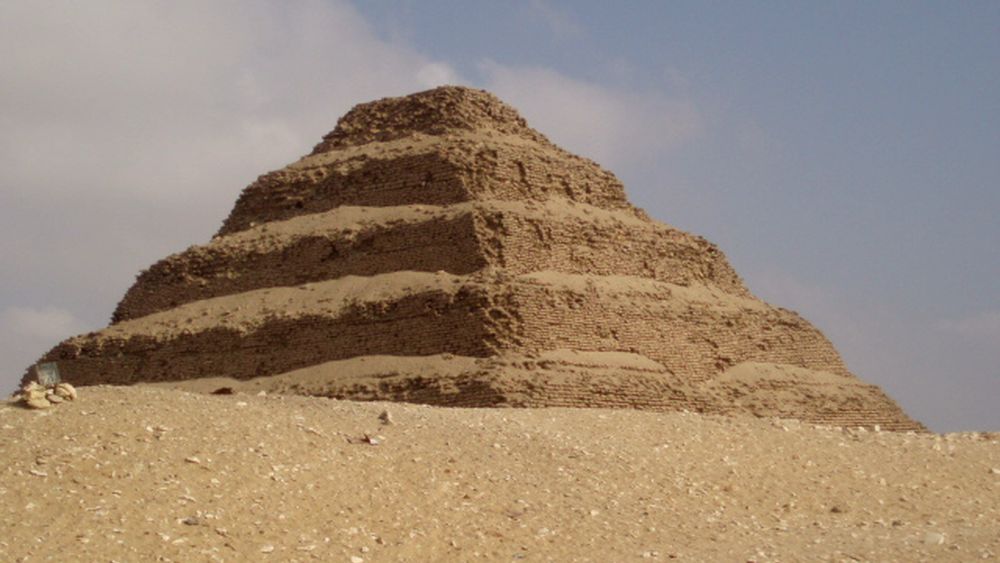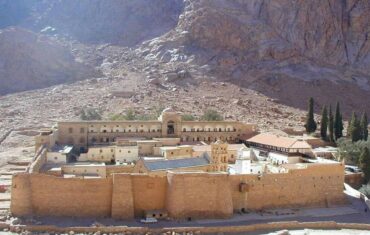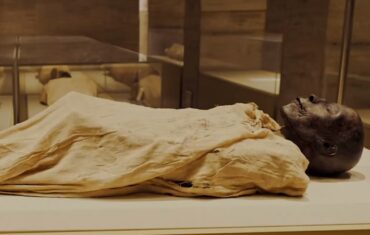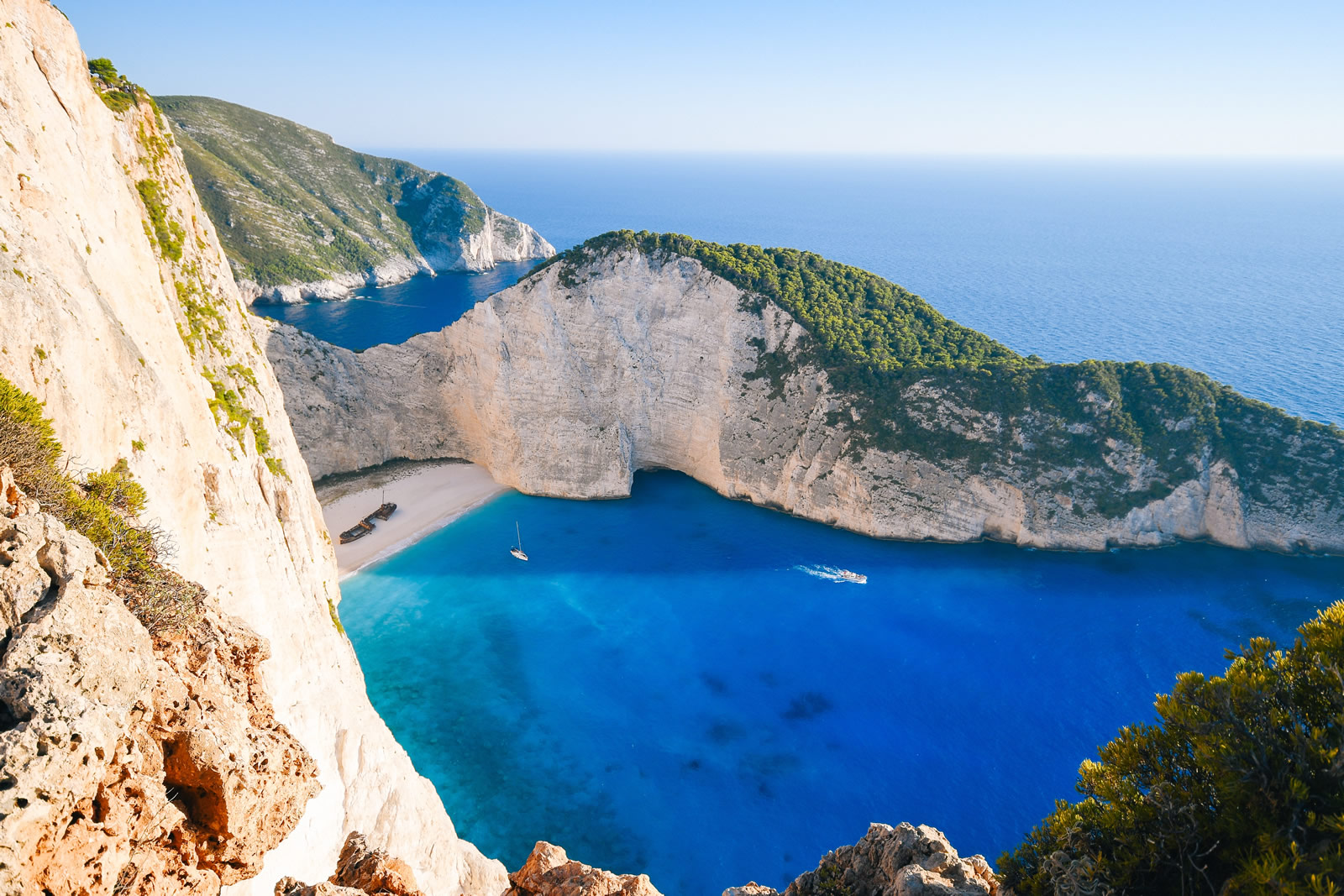The Step Pyramid was built during the 3rd Dynasty (2649-2575 BC) for the pharaoh Djoser by his architect Imhotep. Imhotep was later deified and became the patron god of architects and doctors.
The pyramid of Djoser is only a simple element of a large funerary ensemble. From a general point of view, it is included in a large rectangle oriented along the 4 cardinal points surrounded by a high wall. Two courtyards stand out, one large in the South and one smaller in the North, a separate tomb, a temple, chapels, galleries with many rooms, open-air altars, an entrance, and its long colonnade, etc.
Below are two views of the complex as it once was.
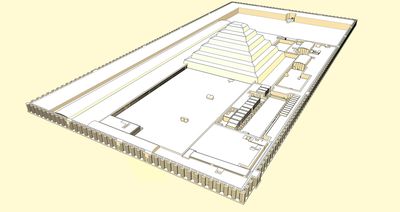
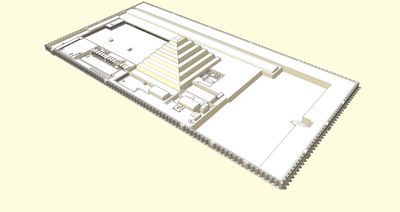
Djoser’s pyramid was a revolutionary design. Previously, pharaohs were buried in rectangular mastabas (like that of Mereruka nearby). Imhotep created a pyramid by stacking six mastabas on top of each other. This design would later evolve into the smooth-sided pyramids seen at Giza and elsewhere.
What to See at the Step Pyramid of Djoser
When it was first completed and covered in smooth limestone, the Step Pyramid had a height of 62m and a base area of 140m by 118m.
Special permission is needed from the site’s Antiquities Inspectorate to access the interior. The original entrance was on the north side, but this has been blocked up and visitors enter via a newer tunnel in the south face. Passageways and wooden ladders lead 28m underground to the pharaoh’s burial chamber, which was plundered in antiquity.
The Step Pyramid is surrounded by a large funerary complex, which has been partially reconstructed. Among the buildings flanking the pyramid are a hypostyle hall and Great South Court. One wall has a frieze of cobras. The cobra, worshipped as a goddess in this region, was the symbol of royalty.
On the northern face of the pyramid are the remains of a small room called a Serdab. A sloping wall against the pyramid is drilled with two large holes, which allow a glimpse of the statue of Djoser inside (a replica; the original is in the Egyptian Museum, Cairo). Ancient Egyptians made offerings to the deified pharaoh through these holes.
Near the wall with the cobras is the Southern Tomb, whose interior is decorated with blue tiles and relief of Djoser running the Heb-Sed race. A ritual marking the 30th year of his reign, this required him to run back and forth between thrones to represent the union of Lower and Upper Egypt.
